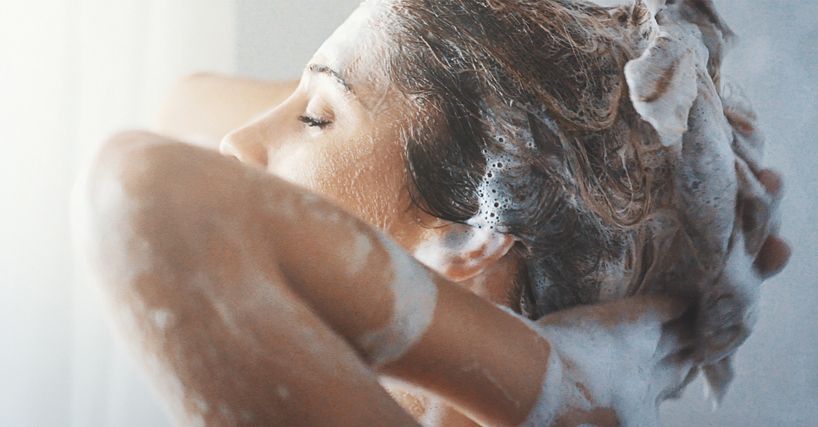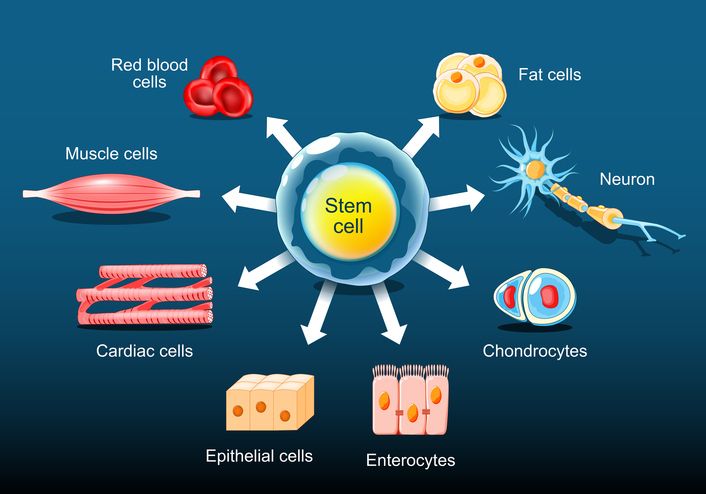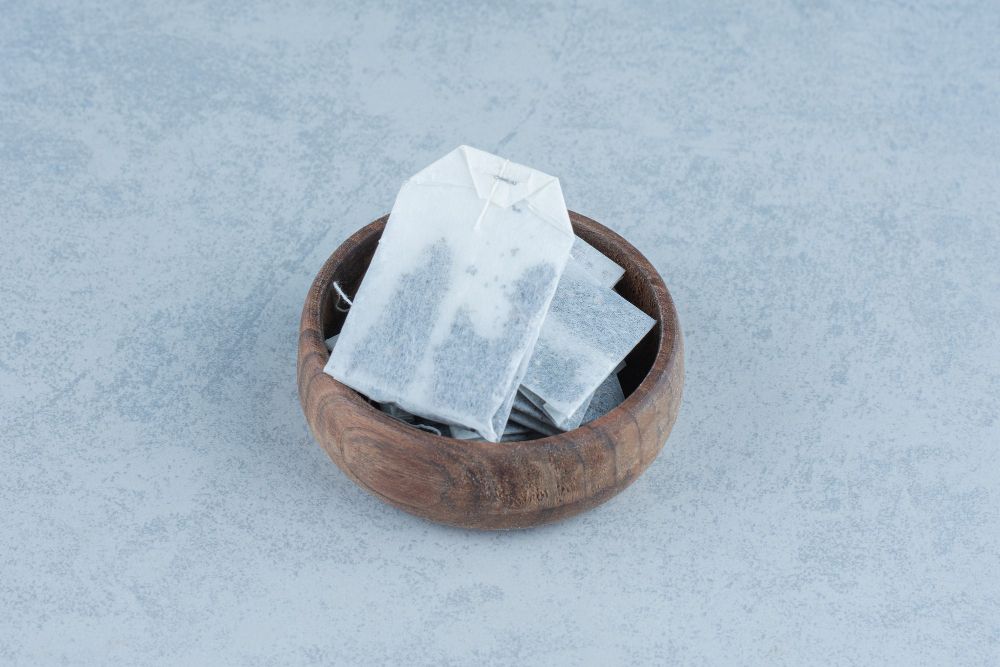
Book Now to Experience
Acne Treatment
1 Minute Self-Registration
Date should not be before minimal date
Author: Natalie Ng|2 April 2025
We’ve all been there — staring at a pesky pimple, itching to pop it. But before you reach for your fingers, it's important to know that popping pimples can seriously harm your skin. When you squeeze a pimple, you create an open wound, which invites bacteria and can lead to painful acne, infections, and even permanent scarring. Popping pimples can also force bacteria deeper into your pores, spreading to surrounding skin and causing more acne breakouts. By understanding how acne forms and using the right products, you’ll help your skin heal faster and prevent more acne in the future.

1
Causes of Pimples
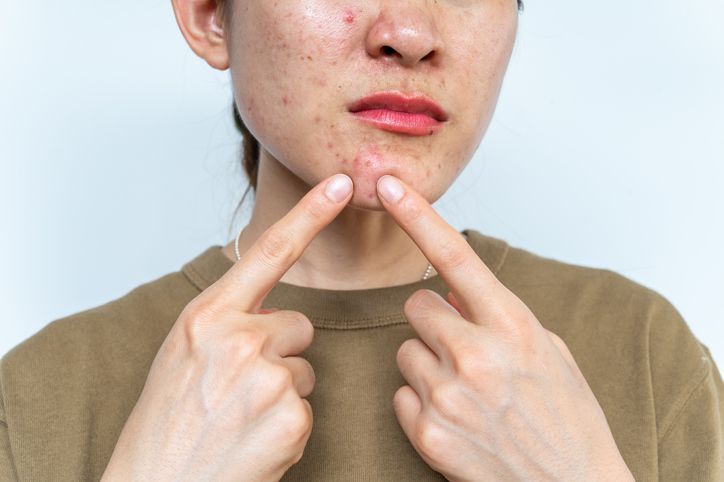
1. Excess Oil Production
2. Dead Skin Cells
3. Bacterial Growth and Inflammation
4. Hormonal Fluctuations
5. Environmental Conditions
6. Genetics:

2
Myths of Popping Pimples
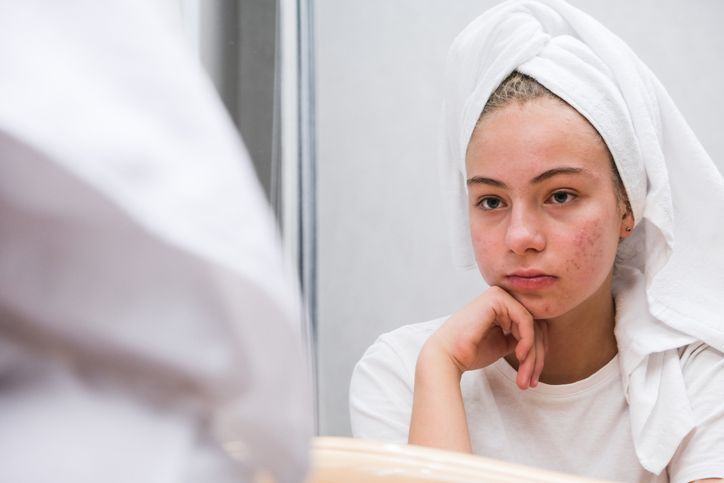
Myth 1: Popping Pimples Helps Them Heal Faster
Myth 2: Popping Pimples Reduces Pain and Swelling
Myth 3: Squeezing Pimples Only Affects the Pimple Itself
Myth 4: Popping Pimples Can Prevent Acne
Infection Risks Are Higher When Popping Pimples
Read More

3
Hidden Dangers of Pimple Popping
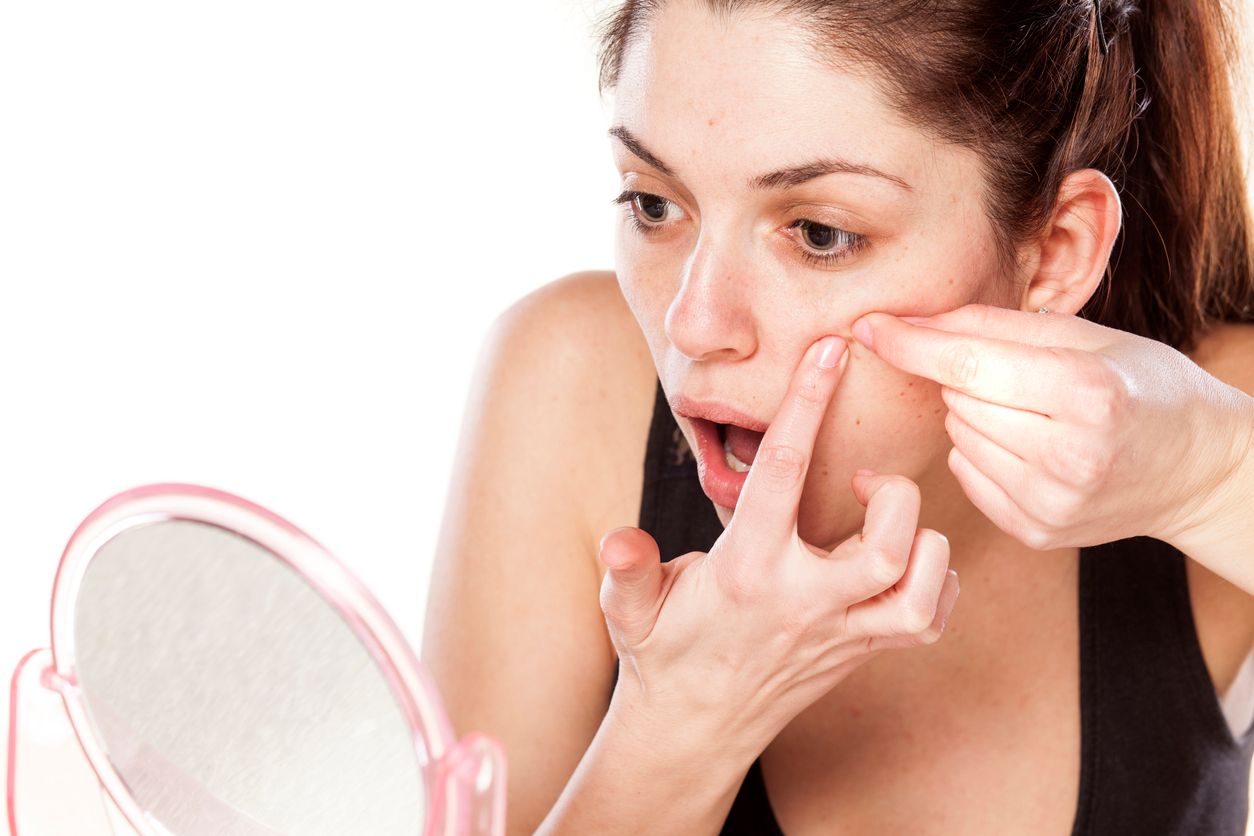
1. Infection
2. Lasting Scars and Marks
Factors That Contribute to Scarring:
3. Spread Of Bacteria Between Pores
How Bacteria Spread:

4
Better Ways to Handle Breakouts
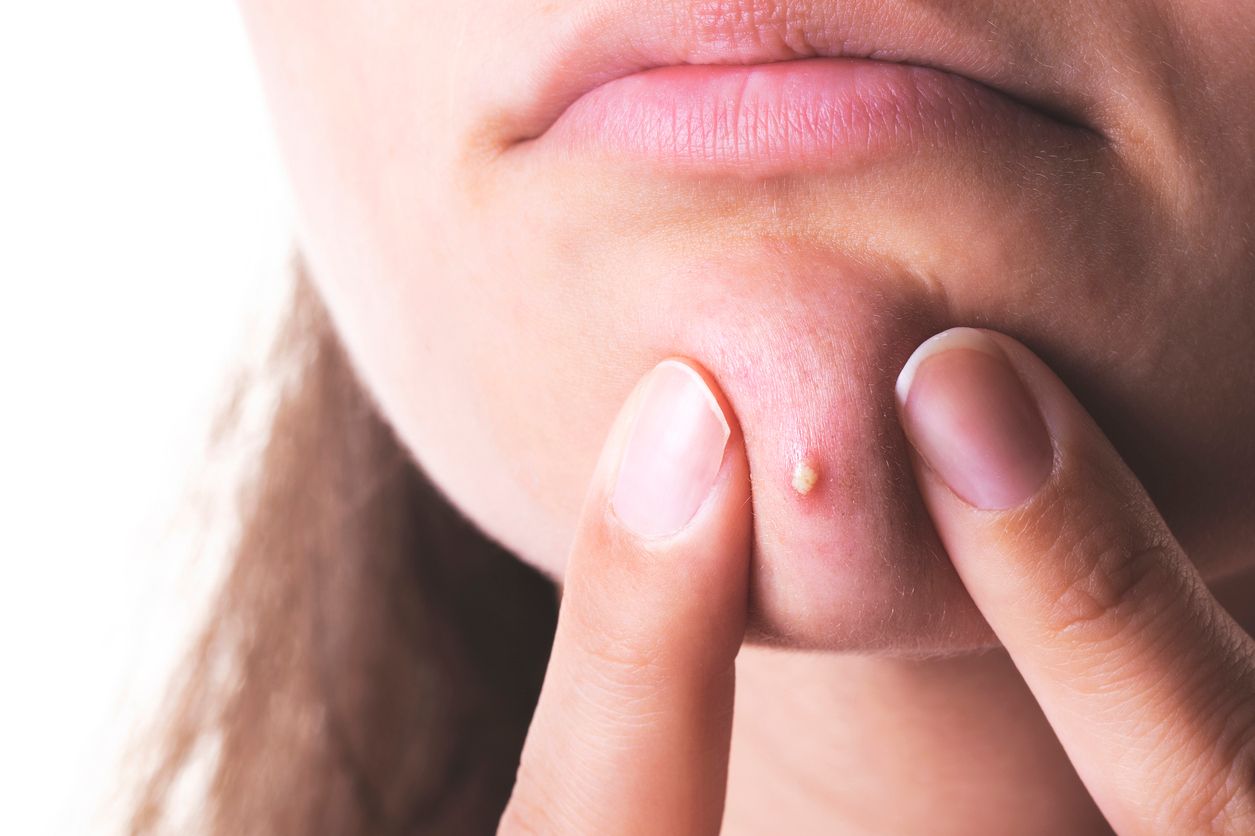
1.Professional Treatments for Acne
Corticosteroid Injections
2. Over-the-Counter Spot Treatments
Tea Tree Oil
Over-the-Counter Medications
3. Chemical Peels
4. Daily Skincare Routine
Topical Medications
Gentle Cleansing

Book Now to Experience
Acne Treatment
1 Minute Self-Registration
Date should not be before minimal date

5
Natural Remedies To Cure Acne
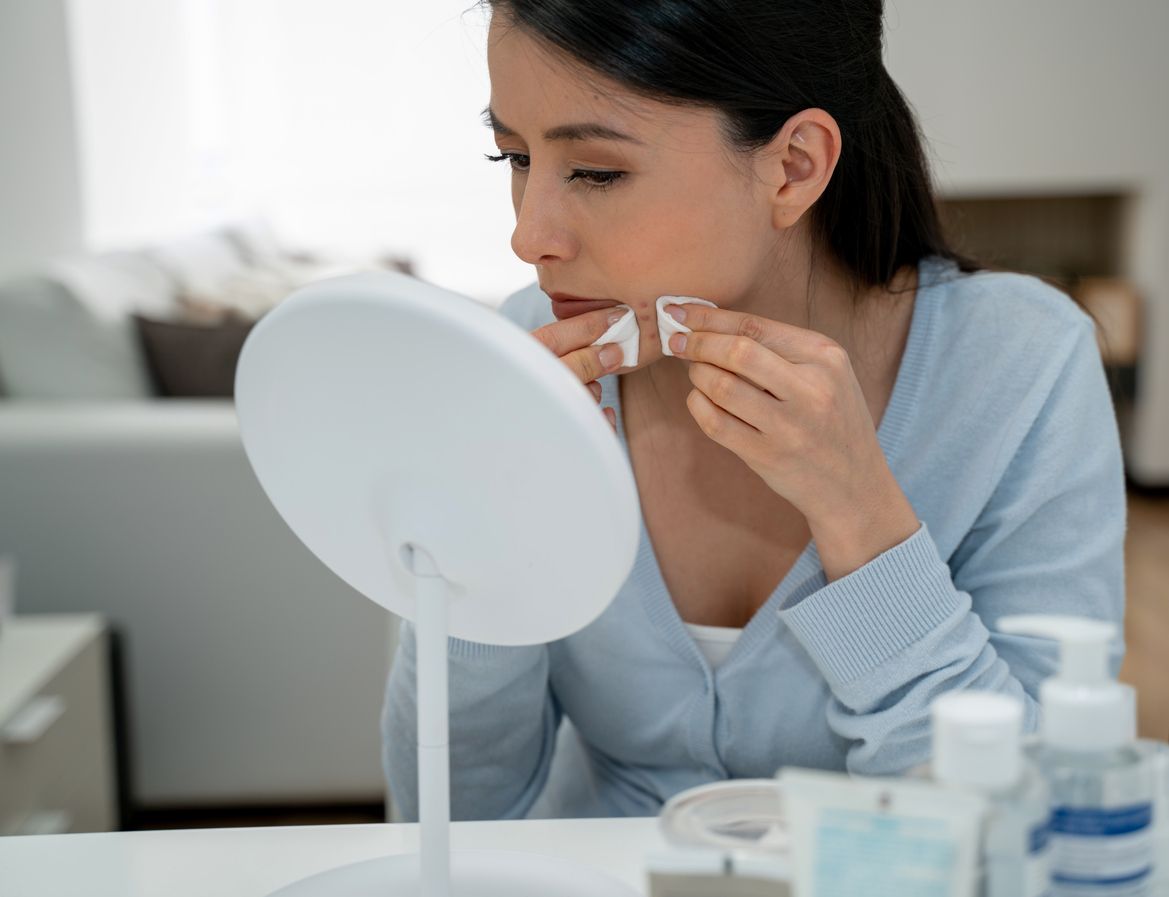
1. Tea Tree Oil
How it Helps:
Benefits:
2. Aloe Vera
How it Helps:
Benefits:
3. Green Tea Extract
How it Helps:
Benefits:
4. Probiotic-Rich Yogurt
How it Helps:
Benefits:
5. Witch Hazel
How it Helps:
Benefits:
6. Cucumber and Oatmeal
How they help:
Benefits:
7. Warm Compress
How it Helps:
Benefits:

6
Signs You Need Professional Help
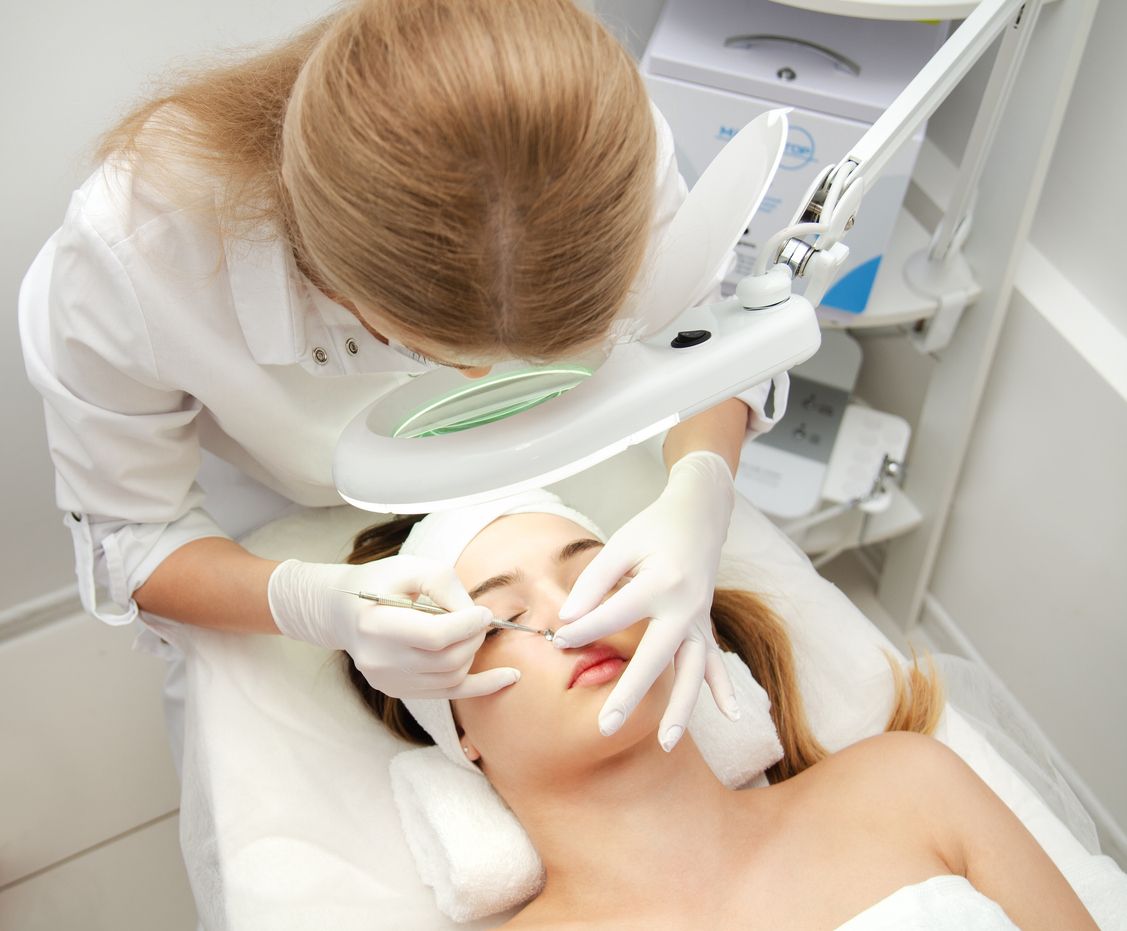
1. Persistent Acne that Doesn't Improve with Over-the-Counter Treatments
2. Development of Painful Cysts or Nodules
3. Extensive Inflammation and Spread of Acne
4. No Improvement On Acne with Lifestyle Changes

7
New Beauty's Acne Treatment: A Comprehensive Solution for Clearer Skin
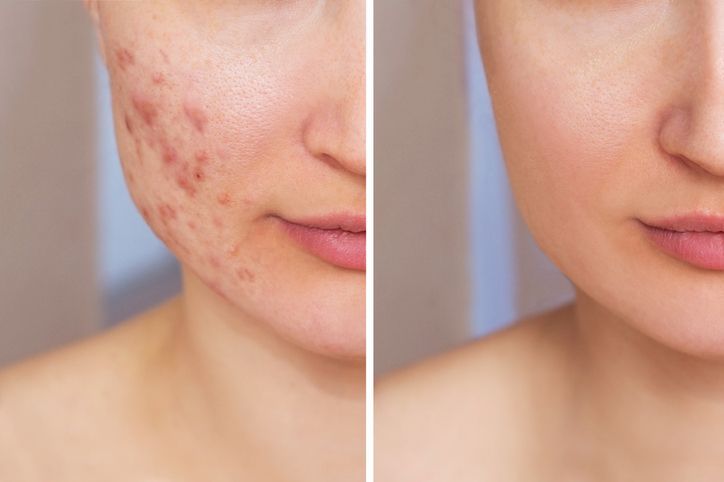
How The Acne Treatment Works
Step-by-Step Process
Benefits of The Acne Treatment
Who is Suitable for This Treatment?
What to Expect After the Acne Treatment
FAQ
Can Birth Control Pills Help Reduce Acne Breakouts?
While you're dealing with stubborn acne, birth control pills can be a game-changing solution. Combination birth control pills work by reducing testosterone levels in your body, which decreases sebum production and minimizes breakouts. FDA-approved options like Beyaz, Yaz, and Ortho Tri-Cyclen have shown up to 55% reduction in acne lesions over six months, though you'll need to consult your doctor to determine if they're right for you.
Does Drinking More Water Actually Improve Acne-Prone Skin?
Yes, drinking adequate water can improve acne-prone skin by helping balance oil production, support detoxification processes, and maintain skin elasticity.When you're properly hydrated, your body more effectively distributes nutrients to skin cells and removes toxins that could trigger breakouts. However, it's important to understand that hydration isn't a standalone solution for acne, but rather part of a thorough skincare approach that includes proper cleansing, treatment, and lifestyle factors.
How Long Does It Typically Take for Acne Scars to Fade?
The time it takes for your acne scars to fade varies based on the type of scarring you're experiencing. Red marks typically fade within 6-12 months, while brown spots (post-inflammatory hyperpigmentation) usually take 6 months to a year. True depressed or raised scars won't fade completely without treatment, though you'll see gradual improvement over 12-18 months with proper care and protection from sun exposure.
Do Certain Foods Trigger Acne Breakouts More Than Others?
While you might think greasy foods are the main culprit, it's actually high glycemic foods and dairy products that frequently trigger acne breakouts. Foods like white bread, sugary snacks, and processed meals can spike your insulin levels, leading to inflammation and increased sebum production. Additionally, dairy products, particularly milk and ice cream, may worsen acne due to their hormonal effects, while refined grains and fast food can exacerbate existing skin conditions.
Can Facial Exercises Help Prevent or Reduce Acne?
Facial exercises themselves don't directly prevent or reduce acne, as they don't address the root causes like excess oil, bacteria, or clogged pores. In fact, touching your face during exercises can transfer bacteria and oils, potentially worsening breakouts. However, general exercise can help by reducing stress, improving blood circulation, and balancing hormones that affect acne. You'll see better results by focusing on proper skincare and overall fitness.

Book Now to Experience
Acne Treatment
1 Minute Self-Registration
Date should not be before minimal date
Recommended Articles
COPYRIGHT© NEW BEAUTY MANAGEMENT LIMITED 2025. ALL RIGHT RESERVED.

